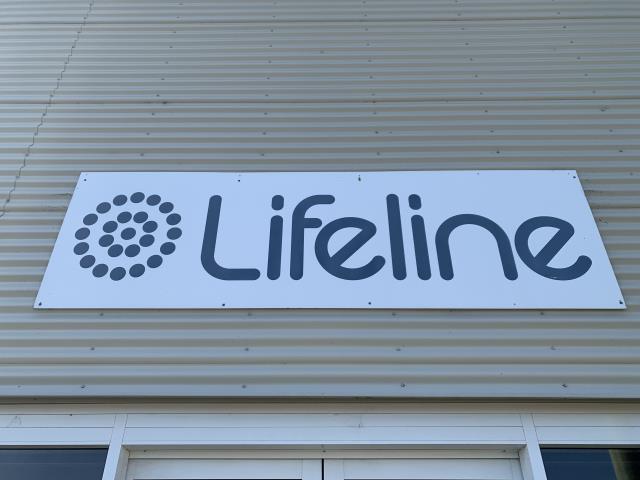Brimbank’s jobless rate has dropped but is still well above average, according to new data.
National Skills Commission data reveals Brimbank’s unemployment rate fell to 6.4 per cent in September 2023, down from 7.2 per cent 12 months prior.
Despite the drop, Brimbank’s unemployment rate ranks third highest in metropolitan Melbourne, trailing only Hume and Greater Dandenong with 7.1 and 6.6 per cent respectively.
Kings Park and St Albans North are among some of the suburbs with the highest unemployment rates in the state, with 9.1 and 8.8 per cent respectively.
The Victorian unemployment rate was 3.8 per cent.
Future Connect chief executive Deirdre Hardy noted a number of barriers that lead to a higher youth unemployment rate throughout Brimbank.
The Taylors Hill-based not-for-profit organisation helps create opportunities that lead to improving education, training and employment pathways for young people in Brimbank.
“In Brimbank, there’s often situations where young people don’t have the social capital or networks to easily find full time employment,” she said.
“Young people whose parents are born overseas don’t have the networks where the parents can assist them to find work they’re interested in, whereas people with that greater social capital have a lot of networks… Able to ask friends to give their children work experience or voluntary work to build their experience.
“There are opportunities for work in the area, but sometimes even entry level positions still want experience … or they may have a requirement for a driver’s licence.
“I think employers can be a bit set in their ideas of what they’re looking for from an employee, and they’re not always able to be flexible in their approach to recruiting.”
Brimbank city futures director Kelvin Walsh said unemployment, particularly in youth, was an ongoing concern that council continued to address and strived to improve.
“This is a consistent long term trend and these rates are associated with higher levels of socioeconomic disadvantage in parts of the municipality,” he said.
“There are a range of activities delivered by council and in partnership across several areas to help support and improve employment in Brimbank.
“Council’s economic development unit works with local employers and employment providers to encourage and support employment of local people including through jobs fairs, forums, social procurement and council’s Joblink website.
“Brimbank Libraries and Neighbourhood Houses also deliver a range of programs and services which are designed to improve employment pathways, upskilling and job readiness. This includes Brimbank Learning Futures, which provides help to young people with training, education and employment opportunities.
“Council also seeks to attract investment and build capacity in local industry to create employment, including through transformative investment like the state government’s Melbourne Airport Rail and Sunshine Super Hub projects which have the potential to deliver meaningful and generational change for the Brimbank community.”
Ms Hardy said the work of Future Connect is aiming to bridge the gap between those experiencing a lack of social capital, while aiming to have employers see things in a different light.
“We work with young people to encourage them to develop their skills and network, and to articulate their skills better to an employer,” she continued.
“But we also work with employers to talk to them about exactly this.
“We are working on a program called future recruit … It’s been designed for employers to provide feedback to young people on what they did and didn’t do so well in a job interview.
“But what has come out of it, when employers are filling out these feedback sheets … it confronts them about the unconscious biases they may have… somebody who may have a name that indicates a particular ethnicity or has come from a particular school.
“We’ve found when they are systematically looking through applications, they’re less likely to just dismiss them.”







